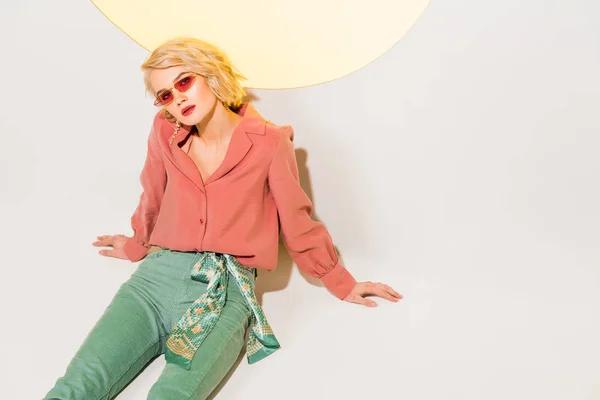The textile industry has seen a evabutterfly.com significant transformation over the years, thanks to scientific advancements. One of the most noteworthy changes is the development of lightweight textiles used in formal fashion. The science behind these materials is fascinating and revolves around balancing comfort, durability, and aesthetics.
Lightweight fabrics are primarily esspot.com made from fibers like cotton, silk, linen or synthetic materials such as hillsbororent.com polyester and nylon. These materials undergo various processes that can alter their weight without compromising on their strength or quality. For instance, cotton can be woven into different densities to achieve varying levels of lightness while maintaining its softness and breathability.
The process starts at the molecular level where scientists manipulate fiber structures to create lighter threads. They use advanced technologies like nanotechnology to develop microfibers which are thinner than human hair but possess incredible strength and resilience. These microfibers are then spun into yarns using high-speed spinning techniques which further reduces their weight.
Another technique employed in creating lightweight textiles involves altering fabric construction methods. Traditionally woven fabrics have a dense structure which adds more weight; however, by using knitting techniques instead of weaving or employing open-weave constructions such as mesh or lace patterns, manufacturers can significantly reduce fabric weight.
Moreover, chemical treatments also play an essential role in reducing synergynature.com textile weight. Fabrics undergo bleaching processes to remove impurities that add unnecessary mass. Certain coatings may also be applied for added benefits getthreadycustomclothing.com such as water resistance or stain repellency while still maintaining lightness.
From a fashion perspective, lightweight textiles offer numerous lynnwoodrent.com advantages especially when it comes to formal wear where comfort plays a crucial role alongside style. Lightweight fabrics drape beautifully on the body without causing discomfort due to heaviness – an important consideration for pieces like suits or evening gowns worn for extended periods.
In addition to comfort, lightweight textiles also provide better breathability making them perfect for warmer climates or heated indoor environments common at formal events. Their lower density allows air circulation preventing excessive sweating and discomfort.
Furthermore, lightweight fabrics are easier to handle and manipulate, providing designers with more flexibility for creativity. They can be used to create intricate designs and detailing that would otherwise be difficult with heavier materials.
In conclusion, the science behind lightweight errorpeople.com textile in formal fashion involves a complex blend of fiber manipulation, advanced technologies, innovative construction methods, and chemical treatments. The result is a material that not lagarhus.com only meets aesthetic requirements but also enhances comfort and wearability. As technology continues to advance, we can expect even more exciting developments in this field making our formal attires lighter yet stronger and more comfortable.




